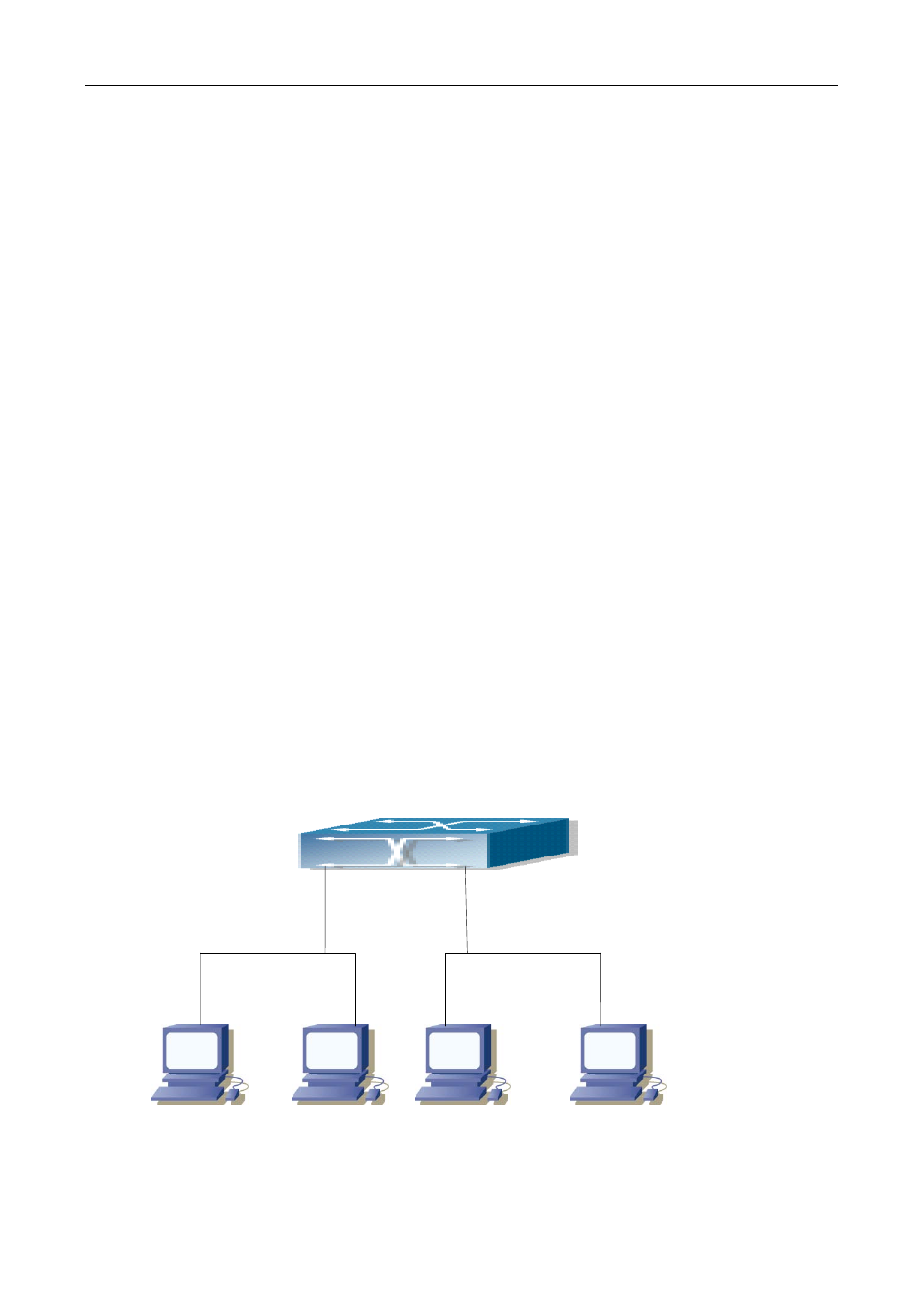Chapter 15 mac table configuration, 1 introduction to mac table, 1 obtaining mac table – PLANET XGS3-24040 User Manual
Page 134: Ntroduction to, Able

Chapter 15 MAC Table Configuration
15-1
Chapter 15 MAC Table Configuration
15.1 Introduction to MAC Table
MAC table is a table identifies the mapping relationship between destination MAC addresses and switch ports.
MAC addresses can be categorized as static MAC addresses and dynamic MAC addresses. Static MAC
addresses are manually configured by the user, have the highest priority and are permanently effective (will
not be overwritten by dynamic MAC addresses); dynamic MAC addresses are entries learnt by the switch in
data frame forwarding, and is effective for a limited period. When the switch receives a data frame to be
forwarded, it stores the source MAC address of the data frame and creates a mapping to the destination port.
Then the MAC table is queried for the destination MAC address, if hit, the data frame is forwarded in the
associated port, otherwise, the switch forwards the data frame to its broadcast domain. If a dynamic MAC
address is not learnt from the data frames to be forwarded for a long time, the entry will be deleted from the
switch MAC table.
There are two MAC table operations:
1.
Obtain a MAC address.
2.
Forward or filter data frame according to the MAC table.
15.1.1 Obtaining MAC Table
The MAC table can be built up statically and dynamically. Static configuration is to set up a mapping between
the MAC addresses and the ports; dynamic learning is the process in which the switch learns the mapping
between MAC addresses and ports, and updates the MAC table regularly. In this section, we will focus on the
dynamic learning process of MAC table.
Figure 2-1 MAC Table dynamic learning
PC1
MAC 00-01-11-11-11-11
PC4
MAC 00 01 44 44 44 44
PC3
MAC 00-01-33-33-33-33
PC2
MAC 00-01-22-22-22-22
Port 5
Port 12
